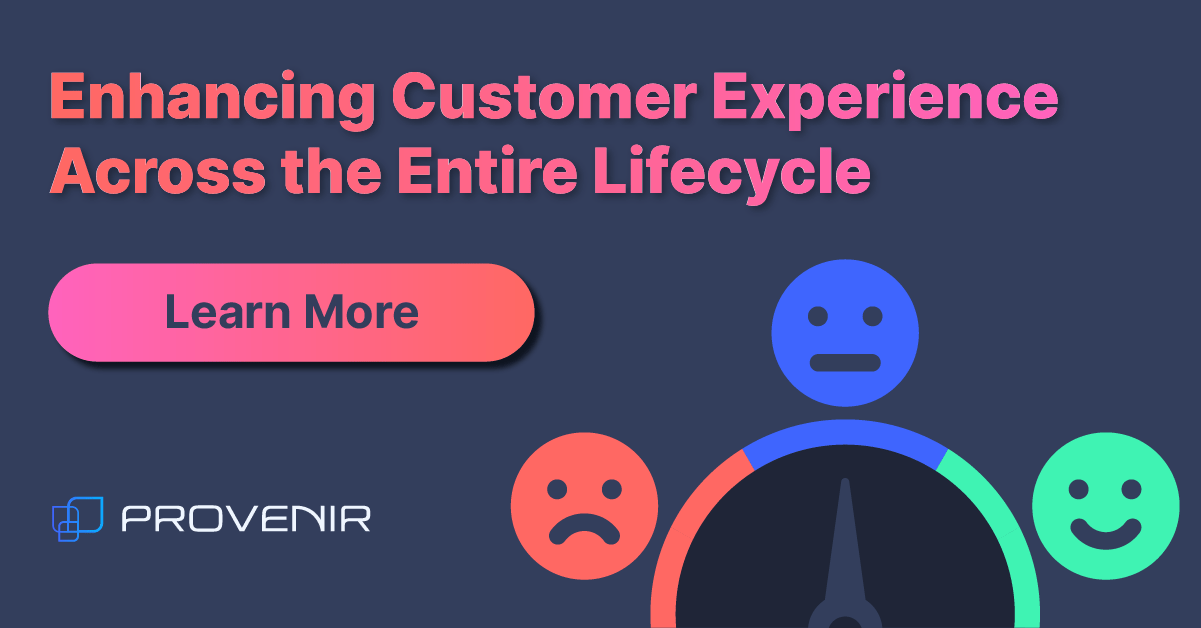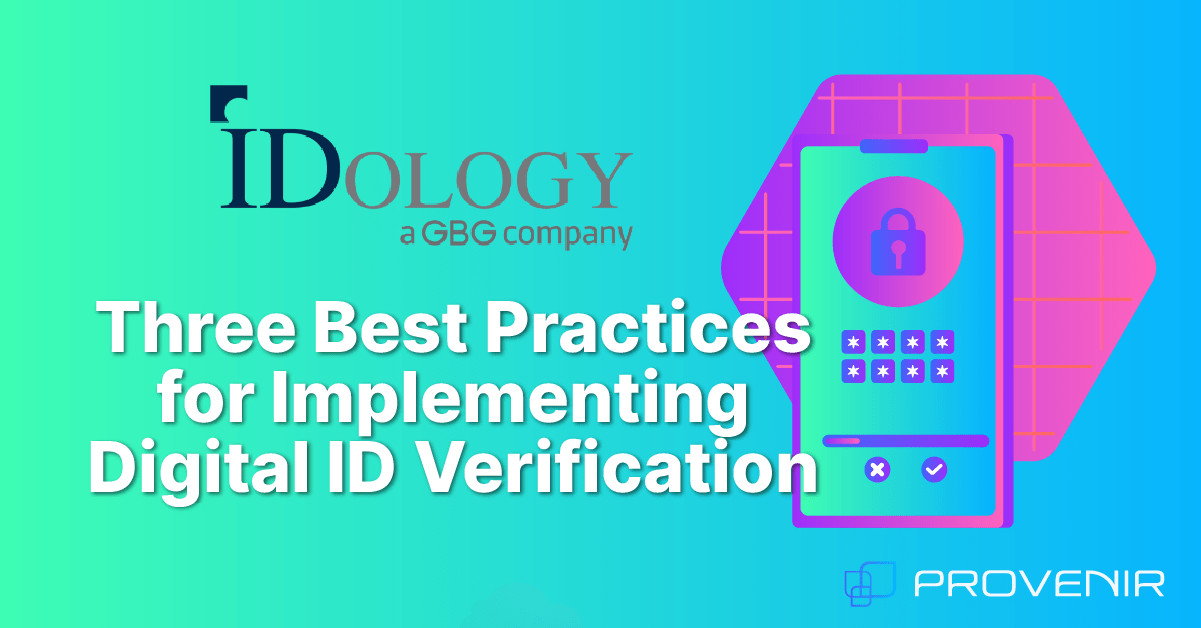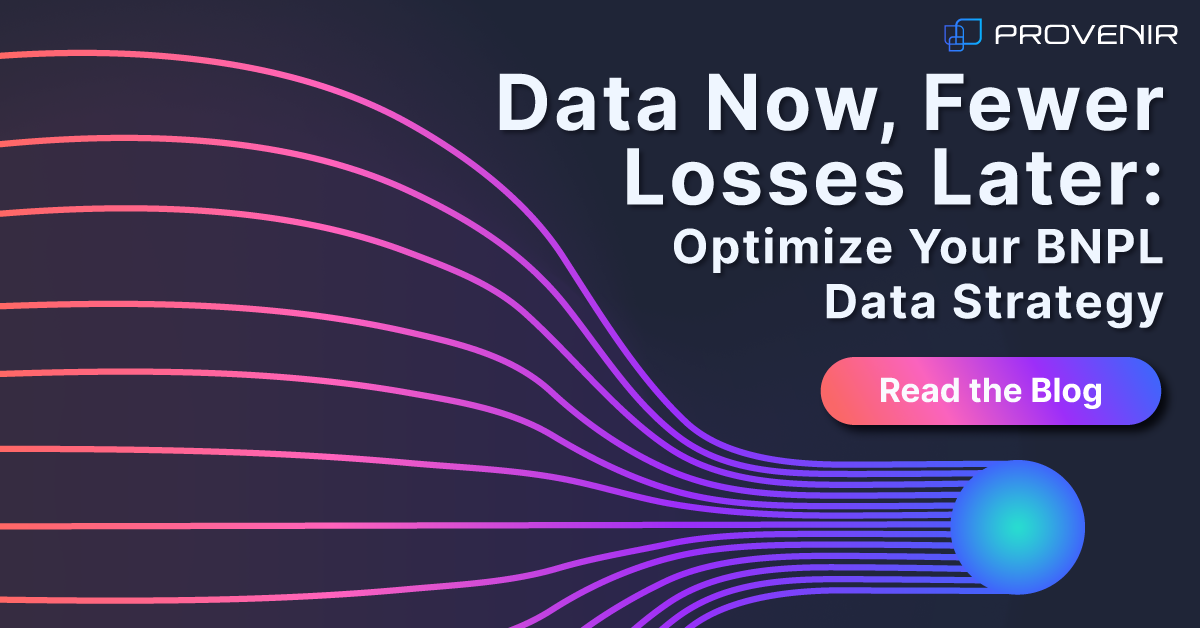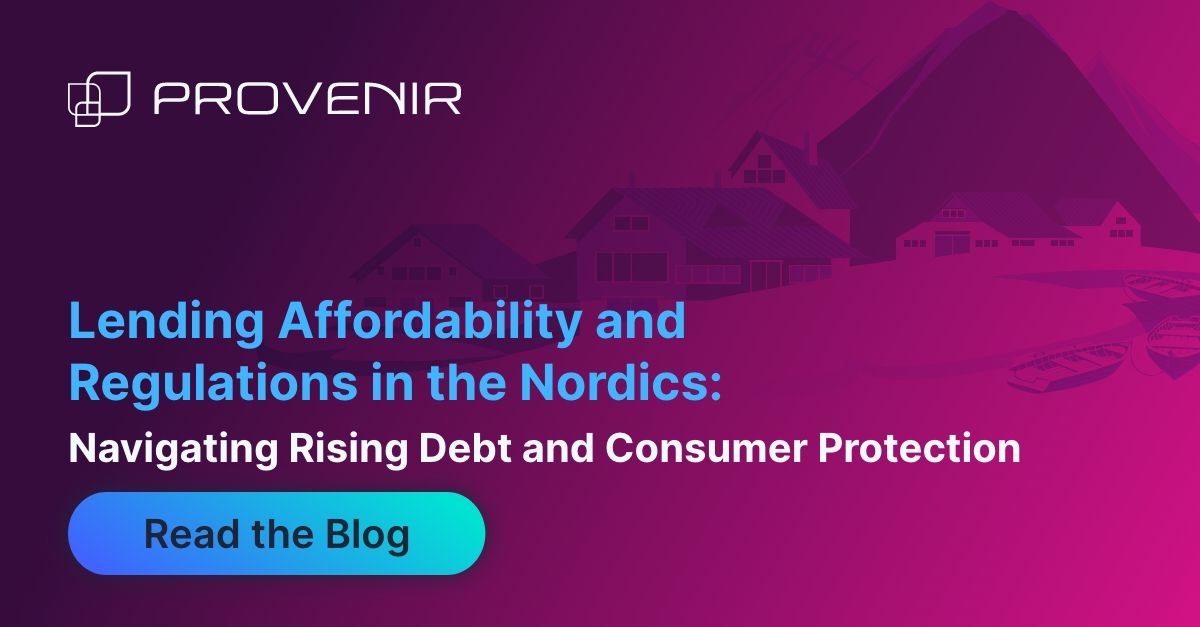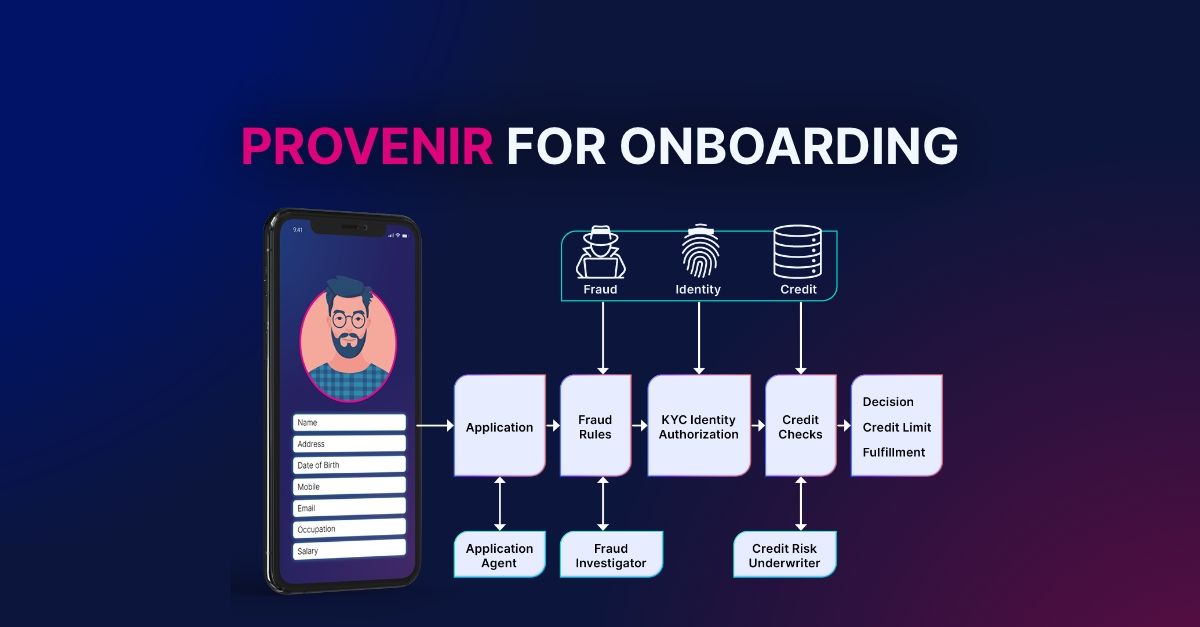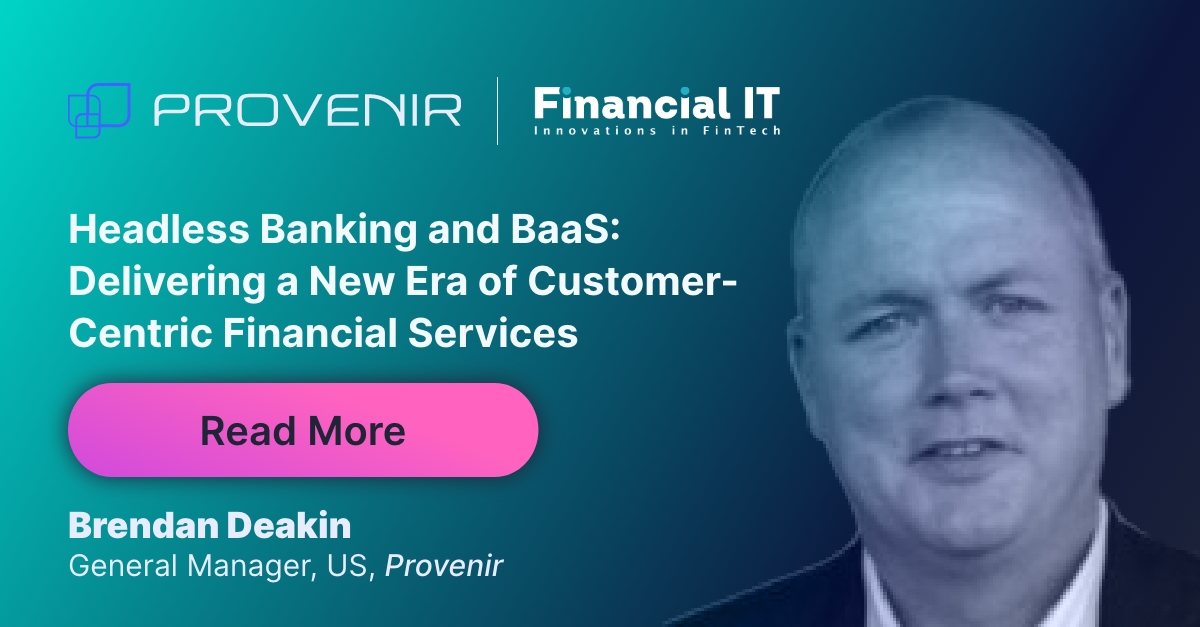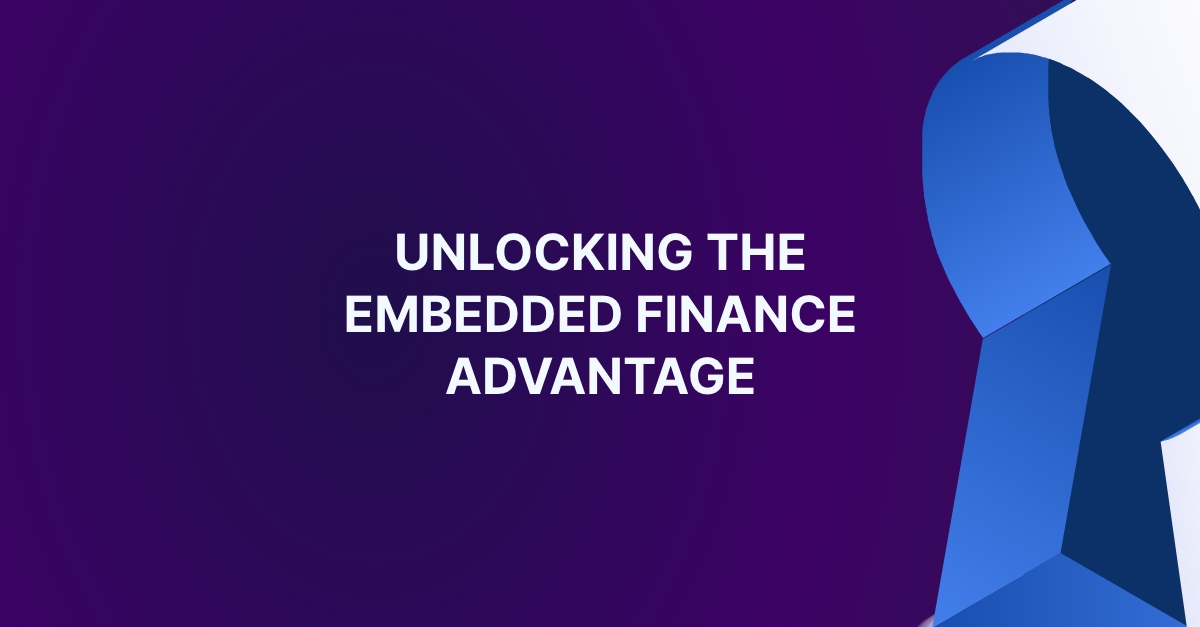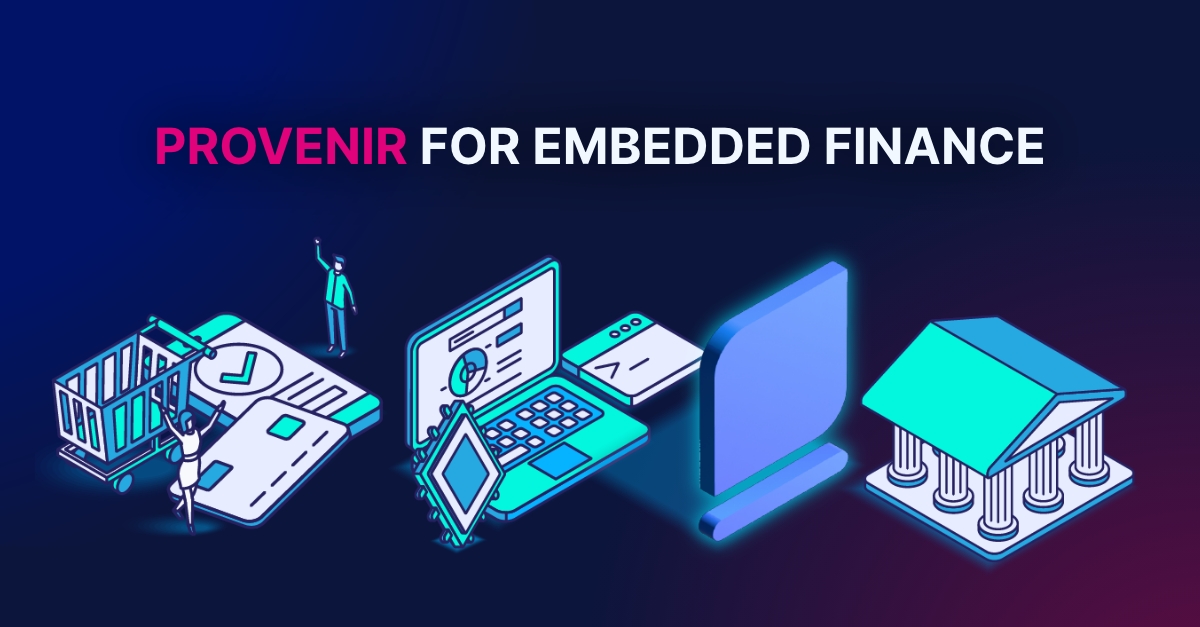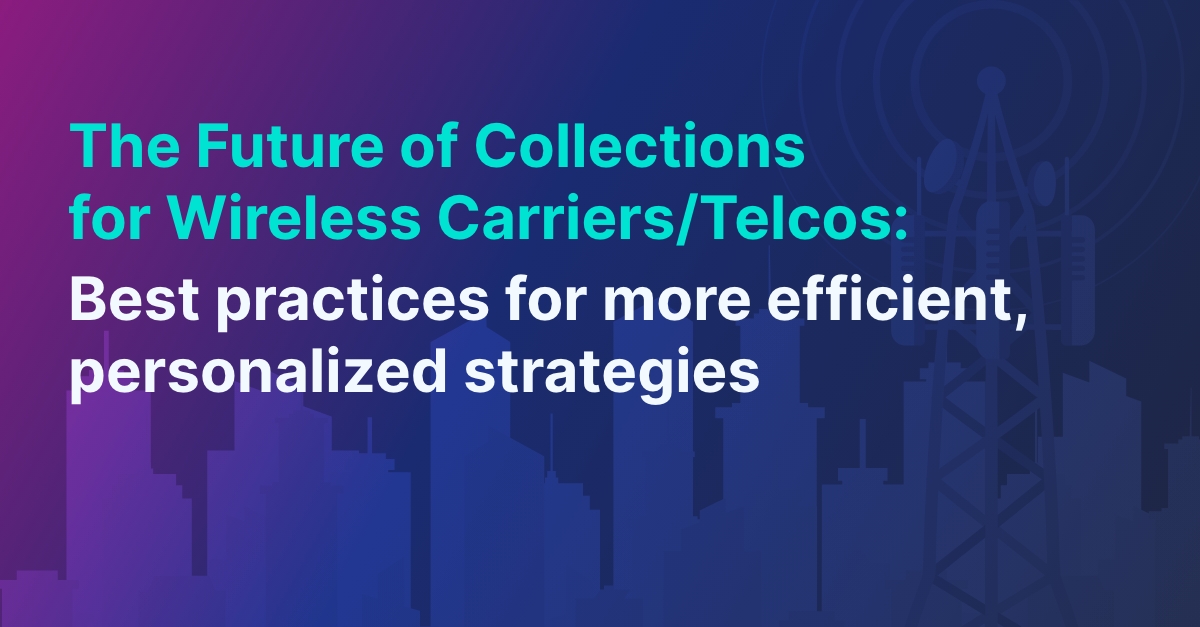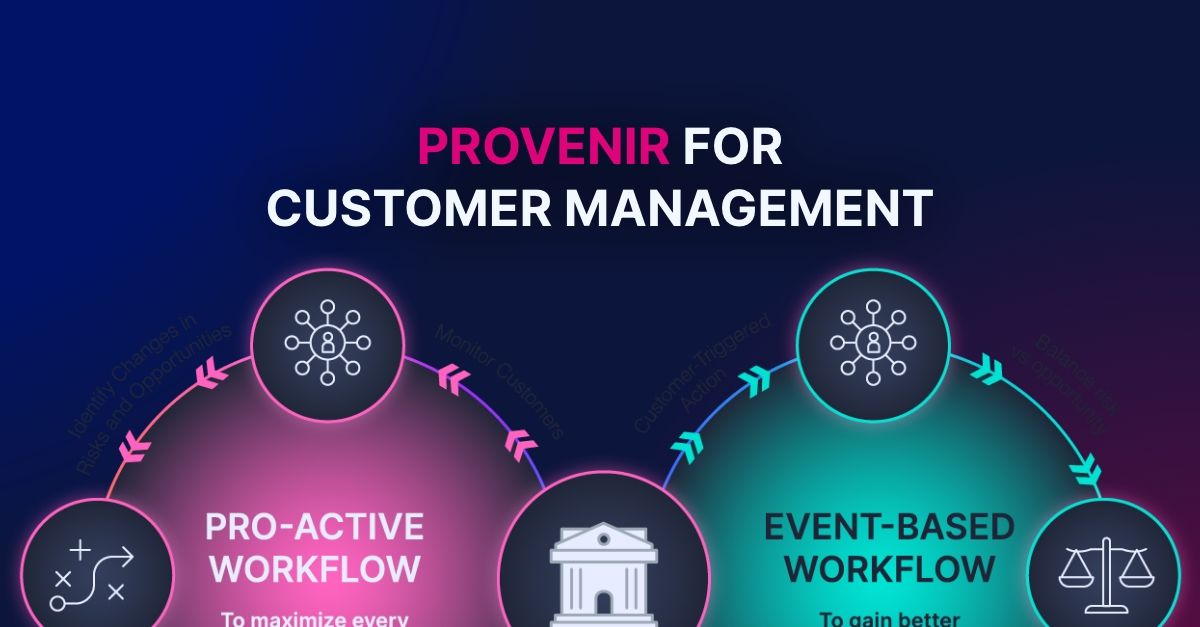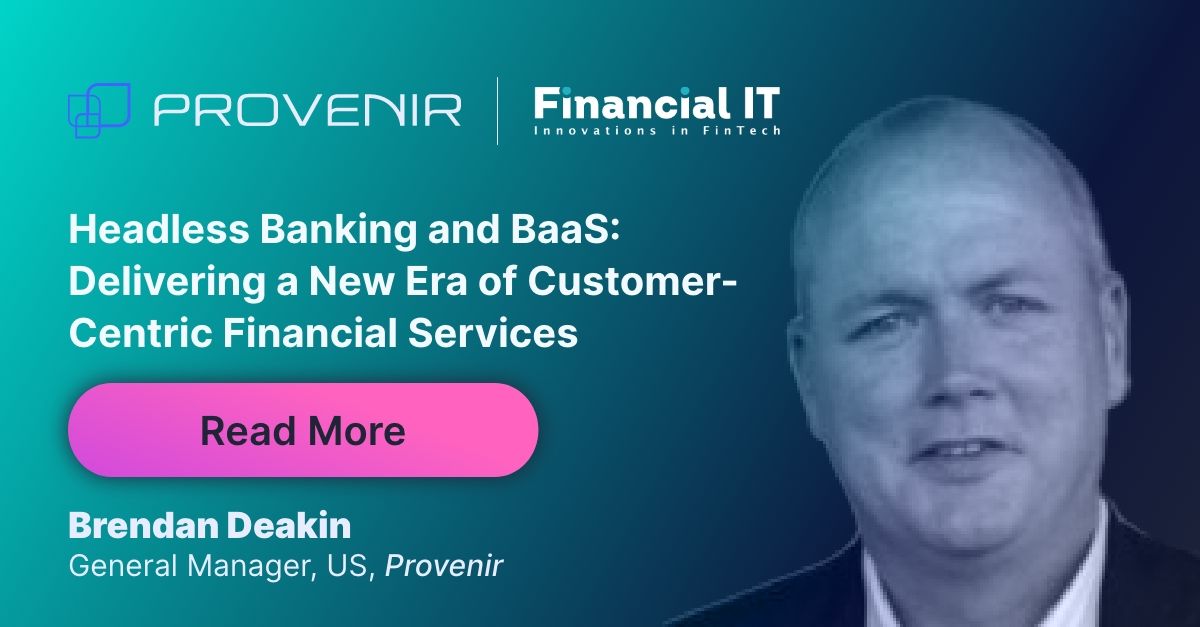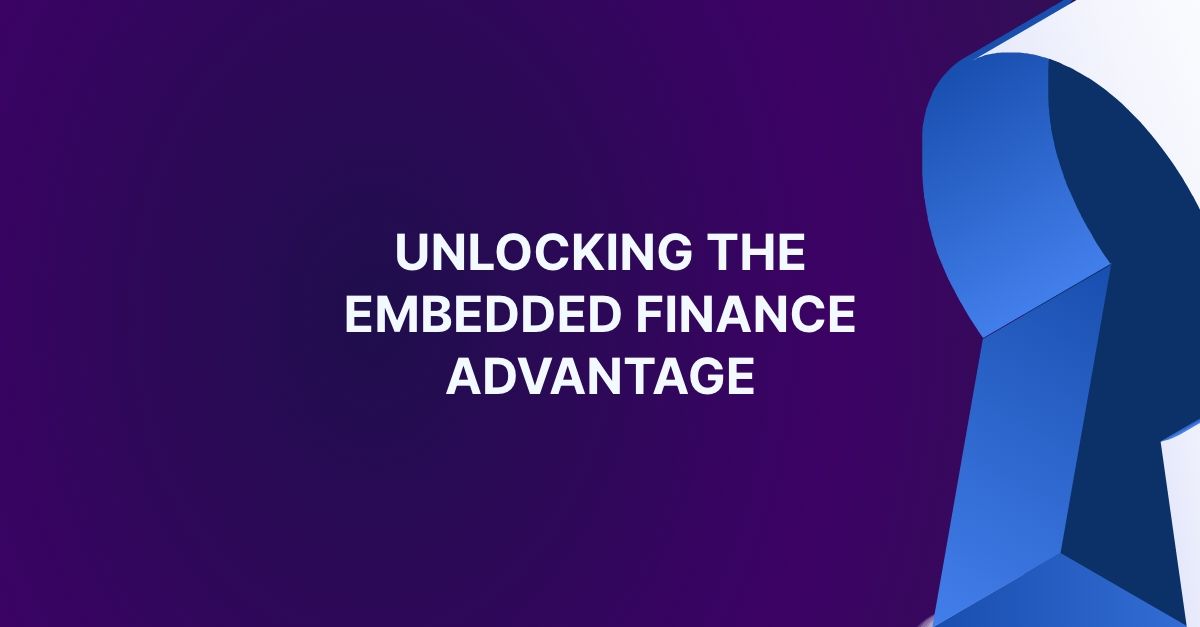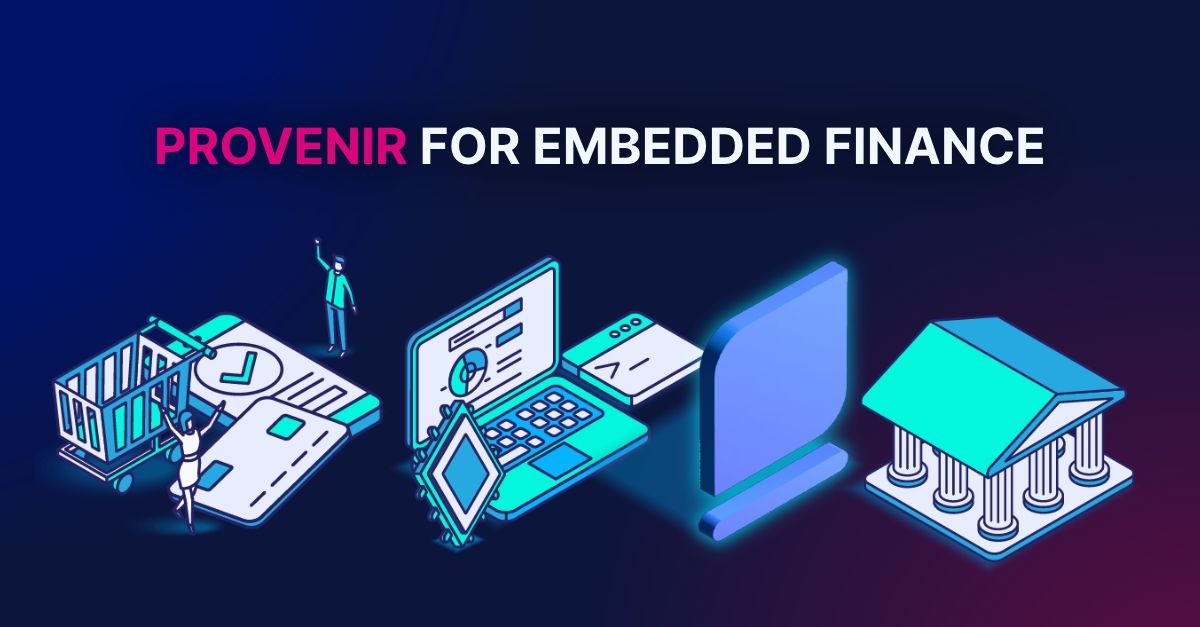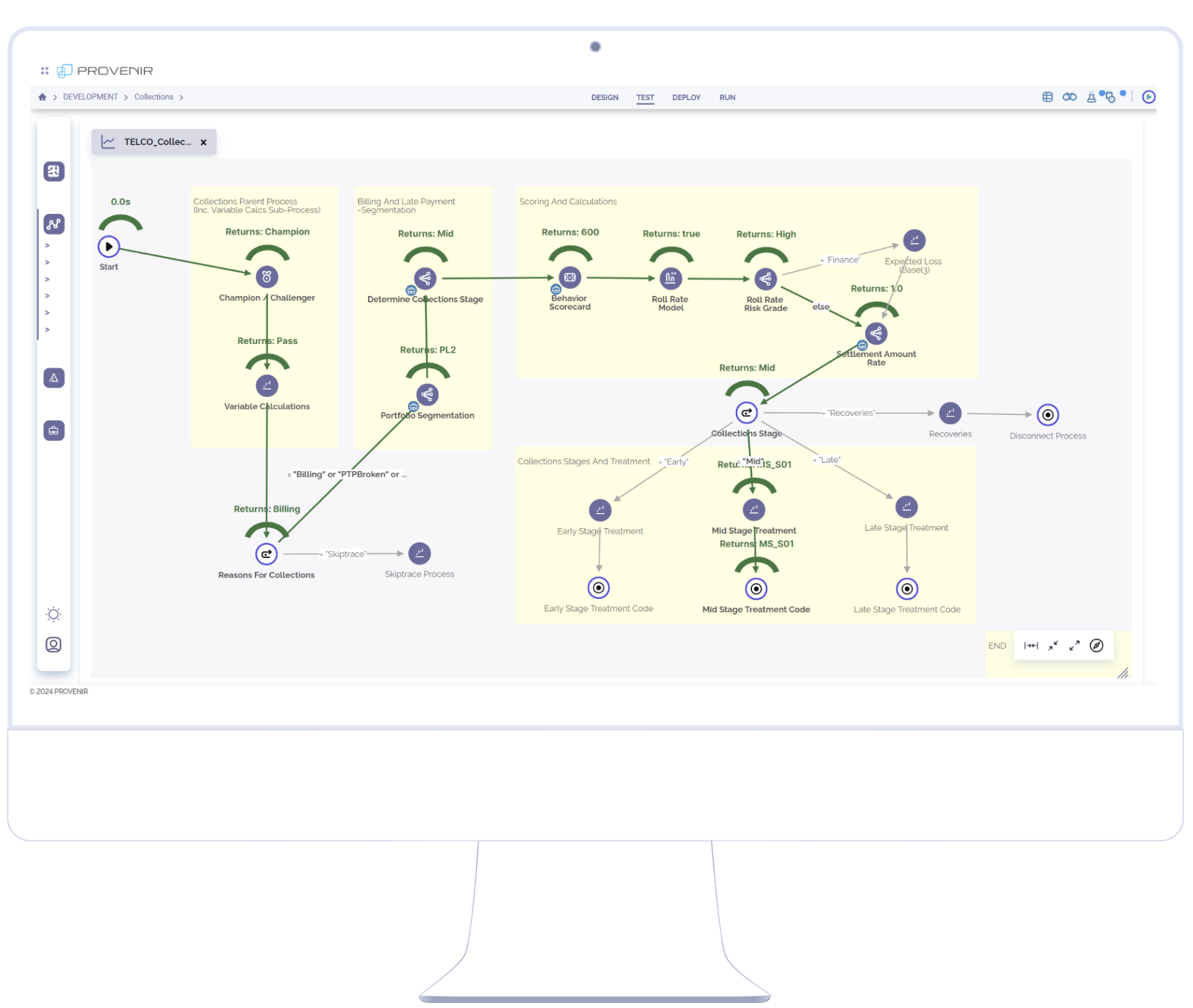The Role of Advanced Identity Verification in Effective Fraud Prevention
The Role of Advanced Identity Verification in Effective Fraud Prevention
- Tom Hidock
Director, Global Partnerships,
GBG IDology
Preventing fraud and building trust with customers has evolved over the years. The global market recognizes this and views customer trust and security strategically, with 65% of businesses indicating that identity verification and fraud protection activities are differentiators that can drive revenue.
GBG IDology has an extensive history of tracking fraud data, which gives us a unique perspective on trends not seen elsewhere in the market. Our latest Global Fraud Report: 9th Edition explores customer experience and fraud prevention in the age of artificial intelligence The report’s insights are significant for businesses trying to stop new types of fraud while making things easier for their customers.
These insights show that companies must instill trust along the customer journey. Achieving this means using an identity verification platform powered by onboarding intelligence, cross-industry expertise and enhanced data sources to quickly and responsibly verify identities.
So, how can businesses do more with less data and deliver seamless digital experiences that exceed customer expectations without increasing the risks of fraud?
The solution lies in rethinking digital identity verification (IDV). Meeting modern demands requires digital identity verification that can:
Look across multiple data sources. Over 50% of companies reported an overall increase in fraud across mobile, online, contact centers, and in-person channels. As fraudsters continue to exploit an interconnected system of online and offline channels, a holistic, layered approach to IDV is essential.
A solution utilizing diverse sets of enhanced data sources can quickly verify consumer identities without excessive data collection. By analyzing less invasive information like IP addresses, phone numbers, and email addresses, companies can conduct ‘soft’ KYC checks to evaluate risk.
When these solutions are a part of a greater verification strategy, businesses also gain detailed feedback on identity checks. Incorporating additional solutions such as biometrics-based verification and documentation authentication ensures businesses have more inclusive ways to deliver the right verification experience at the right time. This layered approach provides transparency into onboarding decisions needed to meet compliance checks and regulatory needs, without adding unnecessary friction.
A recent success story illustrates the power these solutions can have. A business came to GBG IDology looking to overcome increasing customer acquisition costs. After effectively implementing the right solutions for their needs, the client was able to conduct thorough risk assessments and customize journeys for new clients. This resulted in a 5:1 return on investment and allowed the client to convert more leads, accelerating loan approvals without increasing friction or fraud, which also resulted in increased cost savings.
Offer visibility into cross-industry intelligence. Fraud moves between industries and across borders indiscriminately, specifically synthetic identity fraud (SIF). Moreover, our recent fraud report found that 74% are concerned about the potential for SIF to increase.
An extensive cross-industry network enables different institutions to benefit from fraud data and learnings elsewhere in the ecosystem, securing the whole network more effectively.
Utilizing cross-industry intelligence amplifies real-time fraud intelligence between companies in the network anonymously, giving companies insight into fraud threats trending in other industries.
Firms can then build a complete fraud intelligence ecosystem, empowering them to make smarter decisions faster about identities. With deeper, cross-industry onboarding intelligence, companies can identify trusted borrowers while adding step-up authentication to those needing an extra touch.
Combine AI with human fraud expertise. With its ability to scrutinize vast volumes of digital data quickly, AI can automate the discovery of threats for faster, enhanced decision-making, but it’s not foolproof. Business leaders reported generative AI to be the biggest trend in identity verification over the next 3-5 years. When asked why, leaders cited the tech’s potential to create more accurate synthetic identities, increase the volume of phishing/smishing and generate more convincing fake IDs.
Additionally, AI alone can’t provide the transparency companies need to explain to regulators why a decision was made, produce an auditable trail showing policies were followed during onboarding and better train the machine learning models that power it.
The combination of AI and human fraud expertise eliminates these issues. Fraud analysts provide oversight and closed-loop transparency for continuous improvement and optimization. Fraud analysts are also invaluable in providing first-hand, expert insight into the fraud they’re seeing in the marketplace and best practices for preventing it in the future.
This balance of security and convenience remains the ultimate challenge, beginning during onboarding. Layered identity verification solutions are a critical technology that can empower firms to evaluate consumer risk while staying competitive. With the right solution in place, companies can deliver a seamless and secure borrowing experience that builds trust and leads to loyalty for long-term growth.
Check out IDology’s Global Fraud Report: 9th Edition to gain more insights into building trustworthy customer journeys that keep fraud out.



